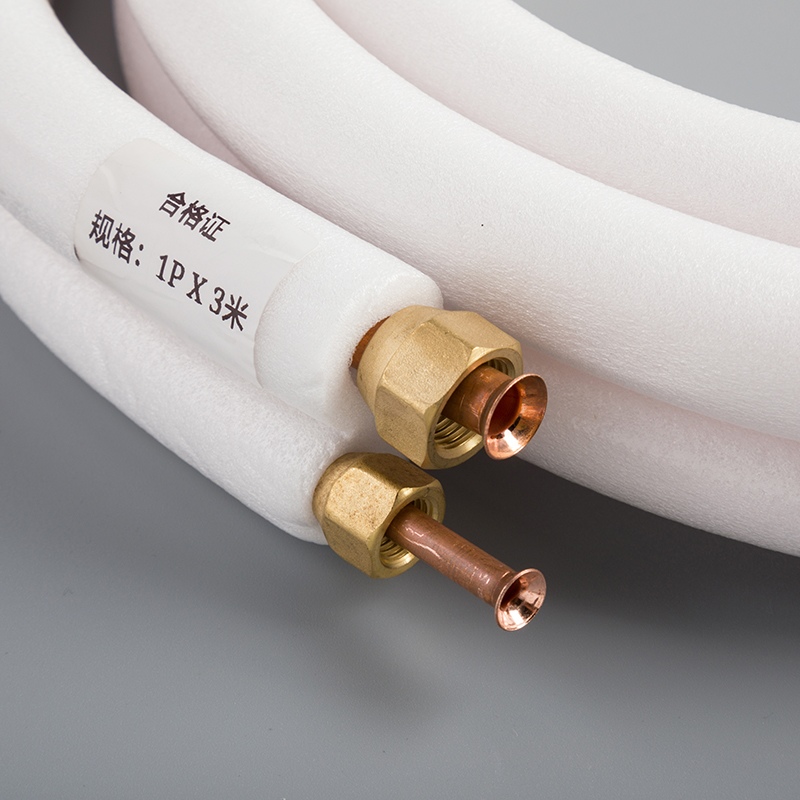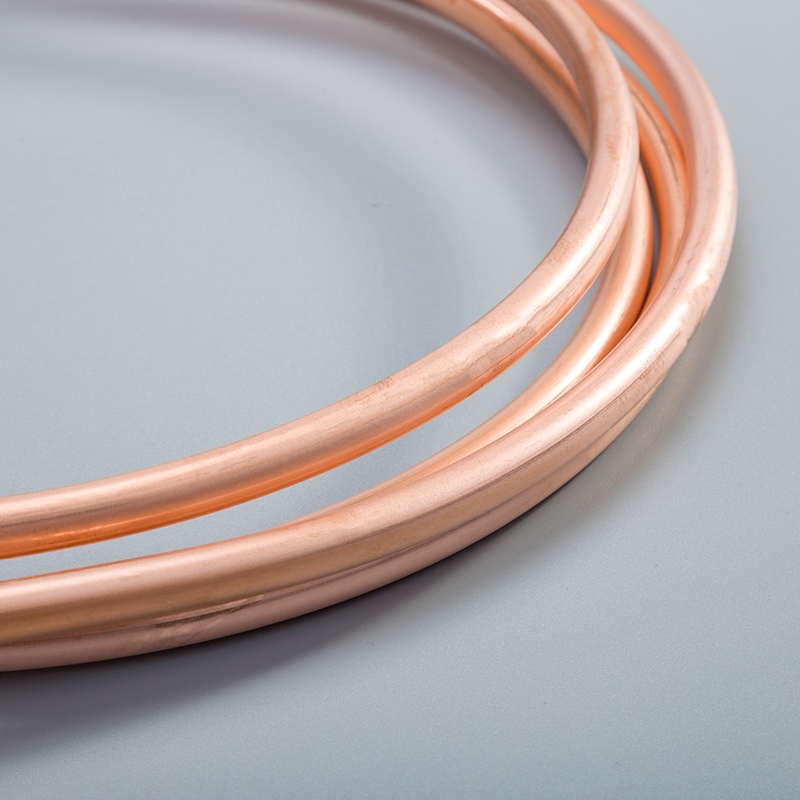Step-by-Step Guide to Connect Copper Pipes Without Soldering

Connecting copper pipes without soldering is a valuable skill for DIY enthusiasts and professionals alike. How to connect copper pipe using innovative methods like push-to-connect fittings and compression fittings provides convenience and efficiency. These techniques eliminate the need for traditional soldering, offering a hassle-free solution. Understanding these methods opens up a world of possibilities for various projects, from plumbing repairs to creative installations. Let's explore the simplicity and effectiveness of how to connect copper pipe without soldering. So, how do you connect copper pipes without the traditional soldering method? By using push-to-connect and compression fittings, you can achieve secure and reliable connections with ease.
Tools and Materials Needed

When embarking on a project involving copper pipes, having the right tools and materials is crucial for a successful outcome. Here is a breakdown of the essential tools and necessary materials you will need:
Essential Tools
Pipe Cutter
A Pipe Cutter is an indispensable tool that allows for precise cutting of copper pipes to the required length. This tool ensures clean cuts, which are essential for proper fitting connections.
Deburring Tool
The Deburring Tool is used to remove any rough edges or burrs left on the cut end of the copper pipe after using the pipe cutter. It helps smoothen the edges for a seamless fit.
Cleaning Brush
A Cleaning Brush plays a vital role in preparing the surface of the copper pipes before connecting them. It helps remove any debris, dirt, or oxidation, ensuring a clean surface for optimal connection.
Necessary Materials
Push-to-Connect Fittings
Push-to-Connect Fittings offer a convenient and reliable way to join copper pipes without soldering. These fittings feature O-rings and a push-fit mechanism that creates secure connections effortlessly.
Compression Fittings
Compression Fittings provide another effective option for connecting copper pipes without soldering. With components like threaded nuts and compression rings, these fittings ensure a tight and leak-free connection.
Copper Pipes
Of course, you will need Copper Pipes themselves to complete your project. Ensure you have enough piping of the correct diameter to suit your specific needs.
By having these essential tools and materials at hand, you are well-equipped to tackle your copper pipe projects with confidence and precision.
Step-by-Step Guide

Preparing the Pipes
To begin the process of connecting copper pipes without soldering, the first step involves Measuring and Cutting the copper pipes to the desired length. This ensures that the pipes fit perfectly into the fittings for a secure connection. Next, using a Deburring Tool, smooth out any rough edges or burrs on the cut ends of the pipes. This step is crucial to guarantee a seamless fit and prevent any obstructions during assembly. Following this, utilize a Cleaning Brush to remove any debris, dirt, or oxidation from both the pipe ends and fittings. Ensuring clean surfaces is essential for optimal connections and leak-free results.
Using Push-to-Connect Fittings
When opting for Push-to-Connect Fittings, simplicity is key in achieving reliable connections without soldering. Begin by Inserting the Pipe into the fitting until it reaches the built-in depth mark. This step ensures that the pipe is securely in place within the fitting, ready for use. To verify a proper connection, always remember to Check the Connection by giving it a gentle tug to confirm its stability. Push-to-connect fittings offer a user-friendly approach to joining copper pipes efficiently.
Using Compression Fittings
For those preferring Compression Fittings, follow these straightforward steps for successful connections without soldering. Start by Sliding on the Nut onto one end of the copper pipe, ensuring it sits flush against the fitting body. Next, add the crucial component – the Compression Ring – onto the pipe before inserting it into the fitting. Finally, use an appropriate tool to securely Tighten the Nut, creating a watertight seal between both components. Compression fittings provide a dependable alternative for connecting copper pipes with ease.
By mastering these steps and techniques using push-to-connect and compression fittings, you can confidently connect copper pipes without relying on traditional soldering methods. These innovative approaches offer efficiency and convenience while ensuring secure and leak-free connections for various projects.
Tips and Troubleshooting
Ensuring a Leak-Free Connection
Double-Check the Fit
When ensuring a leak-free connection, it is crucial to Double-Check that the fittings are properly aligned and secure. Confirm that the pipes are inserted to the correct depth within the fittings, guaranteeing a tight seal. This step helps prevent any potential leaks by verifying that all components are in place as intended.
Test for Leaks
To further ensure a leak-free connection, it is essential to Test the newly joined copper pipes for any signs of leakage. Pressurize the system and carefully inspect all connections for drips or moisture. Conducting a thorough leak test allows you to identify and address any potential issues promptly, ensuring a reliable and watertight connection.
Common Issues and Solutions
Misaligned Pipes
In cases where you encounter Misaligned Pipes, take immediate action to realign them correctly. Ensure that both ends of the pipes are straight and properly inserted into the fittings. Adjust the positioning as needed to achieve a proper fit, minimizing the risk of leaks due to misalignment.
Loose Connections
If you come across Loose Connections during your project, address this issue promptly to maintain a secure joint. Tighten compression fittings carefully using the appropriate tools until they form a snug connection. For push-to-connect fittings, ensure that the pipes are fully inserted according to manufacturer guidelines. Resolving loose connections promptly helps prevent leaks and ensures the long-term integrity of your plumbing system.
To summarize, the blog explored the efficient methods of connecting copper pipes without soldering. By utilizing push-to-connect and compression fittings, individuals can achieve secure and reliable connections effortlessly. These techniques offer a hassle-free alternative to traditional soldering, emphasizing convenience and reliability. DIY enthusiasts are encouraged to embrace these innovative approaches for their projects, ensuring successful outcomes without the complexities of soldering. With the simplicity and effectiveness of push-to-connect and compression fittings, connecting copper pipes has never been easier or more accessible.
See Also
Effortless Guide on Soldering Copper Pipes Without Heat
Basic Guide: Soldering Copper Pipe for Novices
Expert Advice: Simple Techniques for 1 1/2 Copper Pipes
Quick DIY Tutorial for Repairing a Split Copper Pipe
Simple Instructions: Measuring Copper Pipe for DIY Achievement


